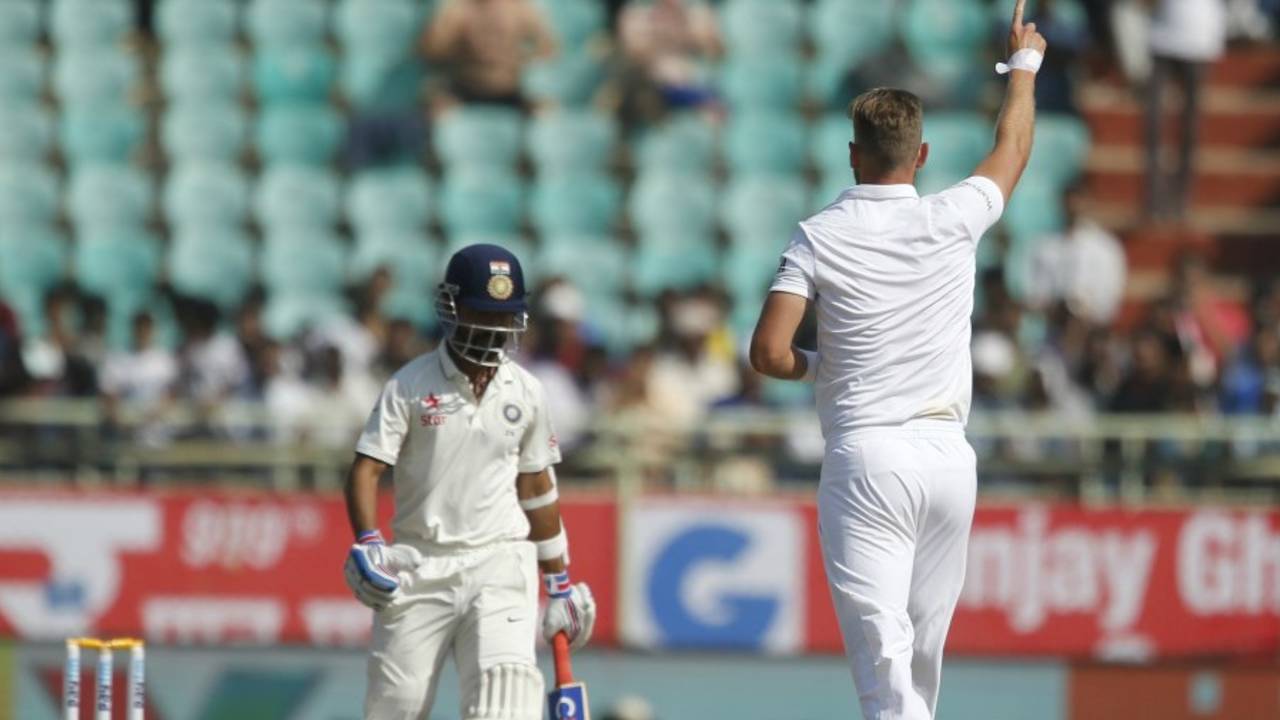Broad's fingers cut the mustard
Aakash Chopra on Stuart Broad's cutters, a changed line of attack to Virat Kohli and India's seamers trying to bounce Haseeb Hameed
Stuart Broad's cutters gave India problems on the fourth morning • Associated Press


Aakash Chopra is the author of three books, the latest of which is The Insider: Decoding the craft of cricket. @cricketaakash
